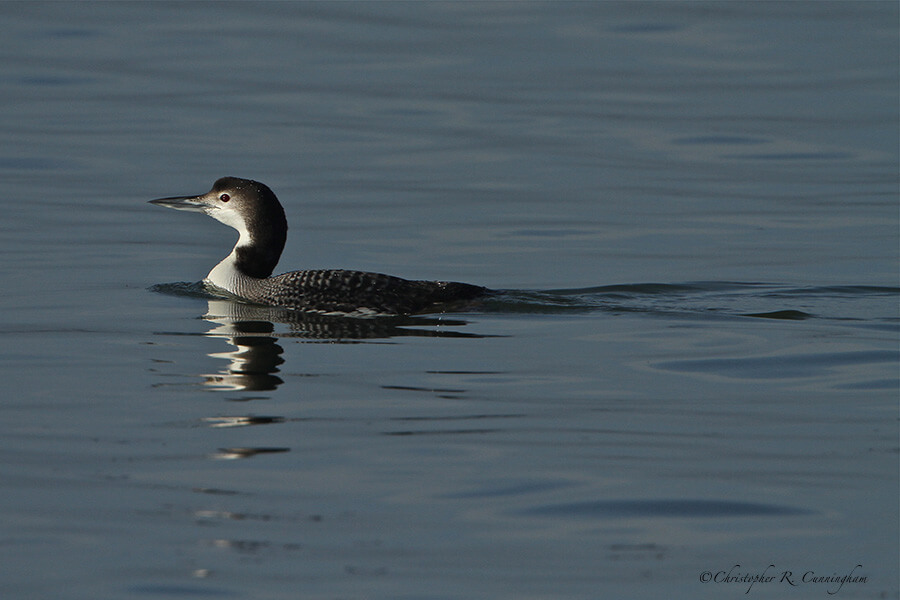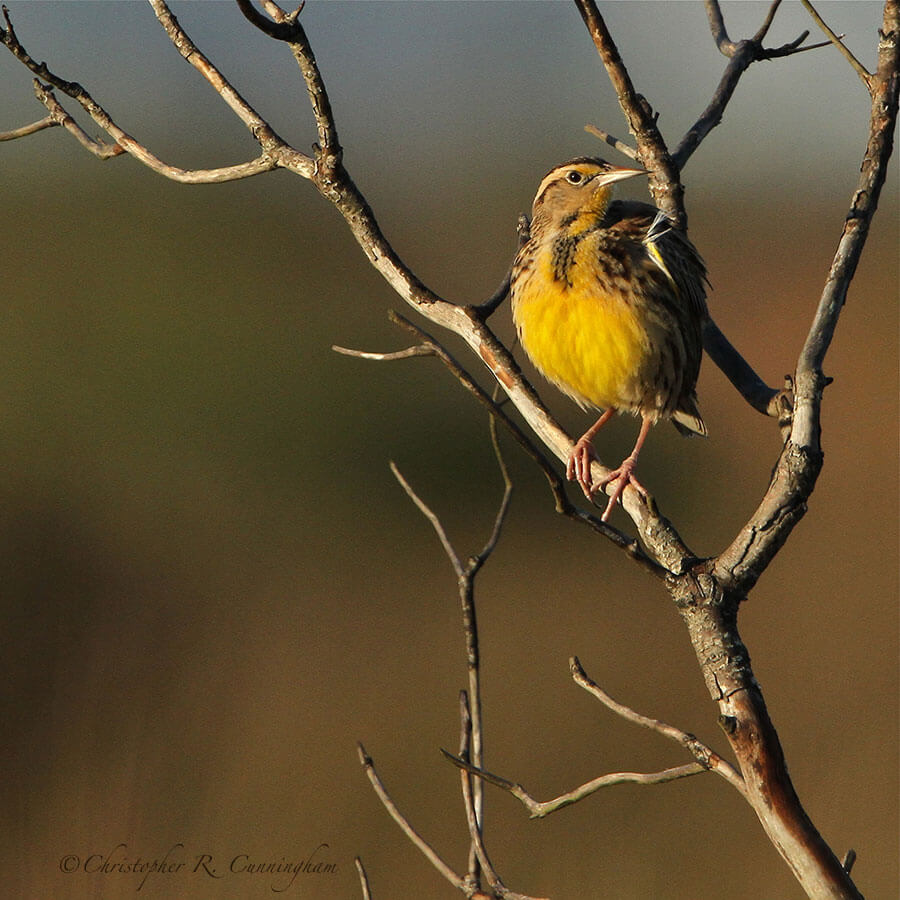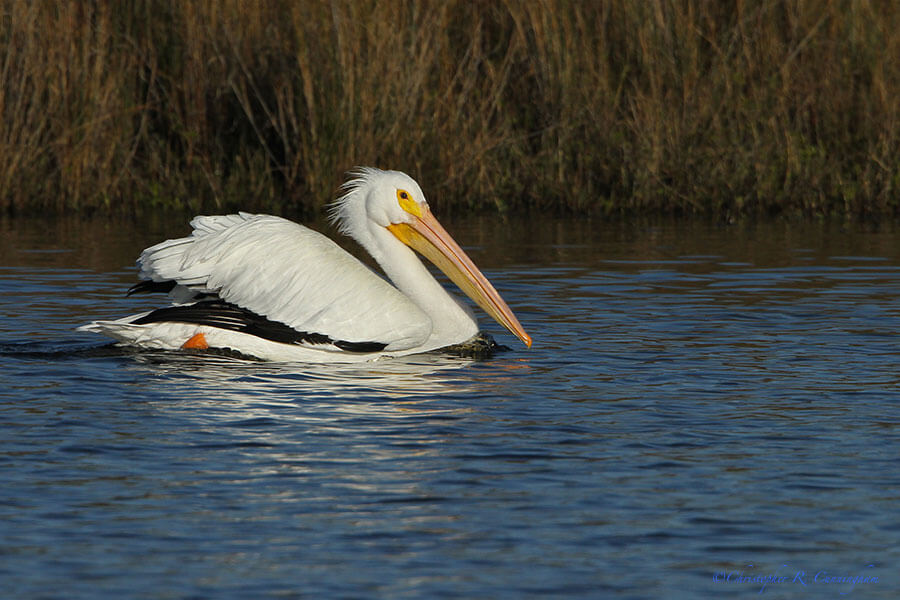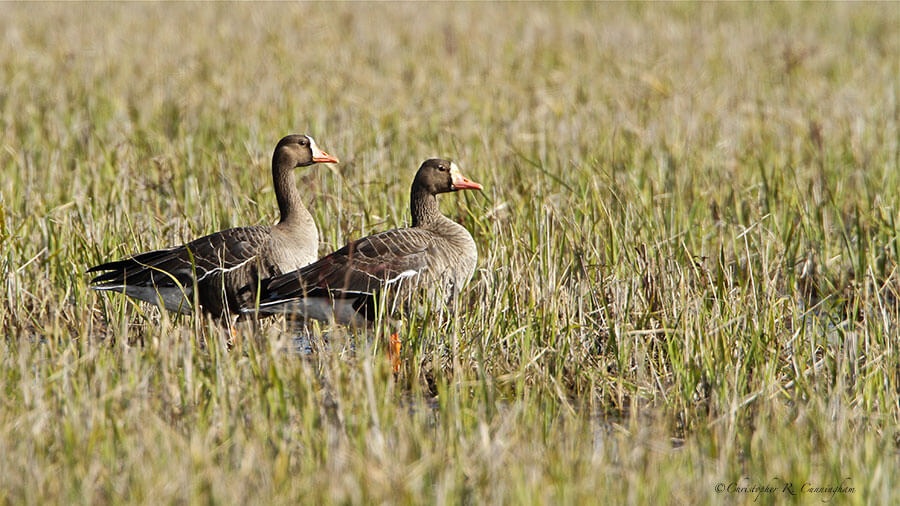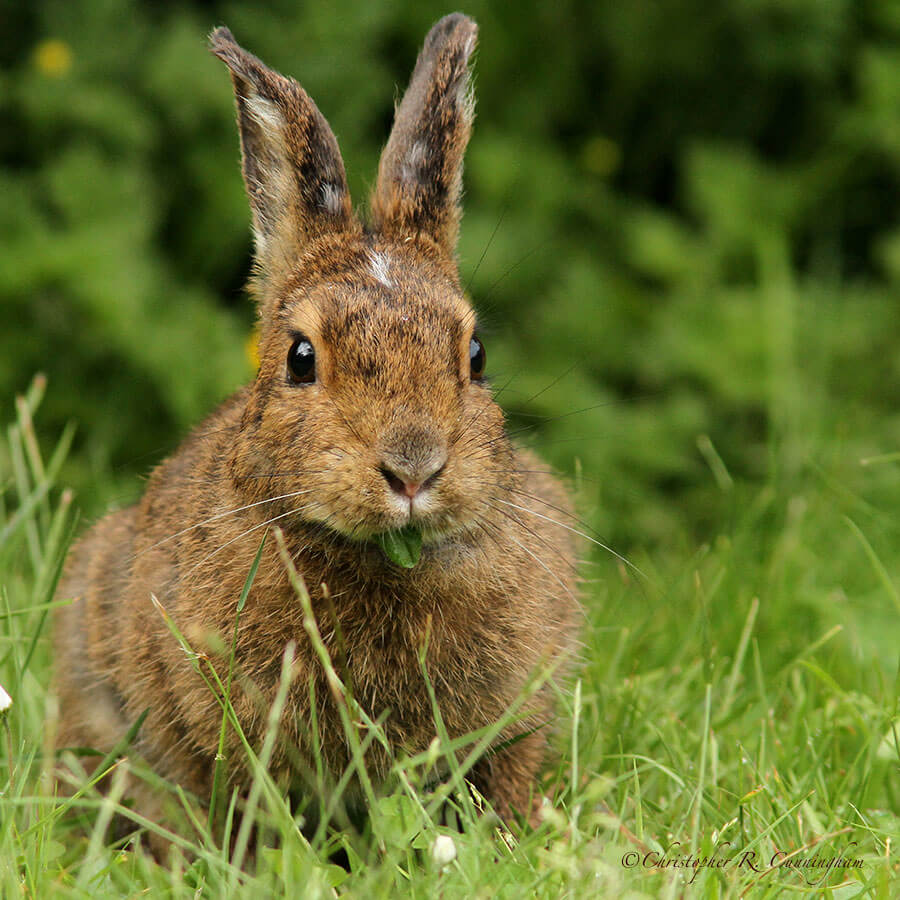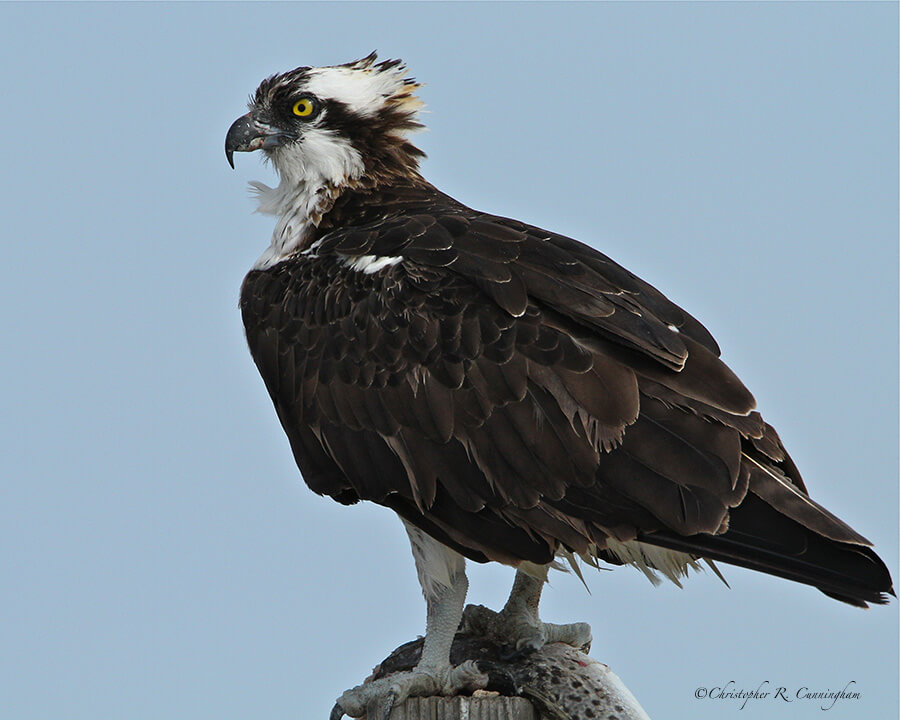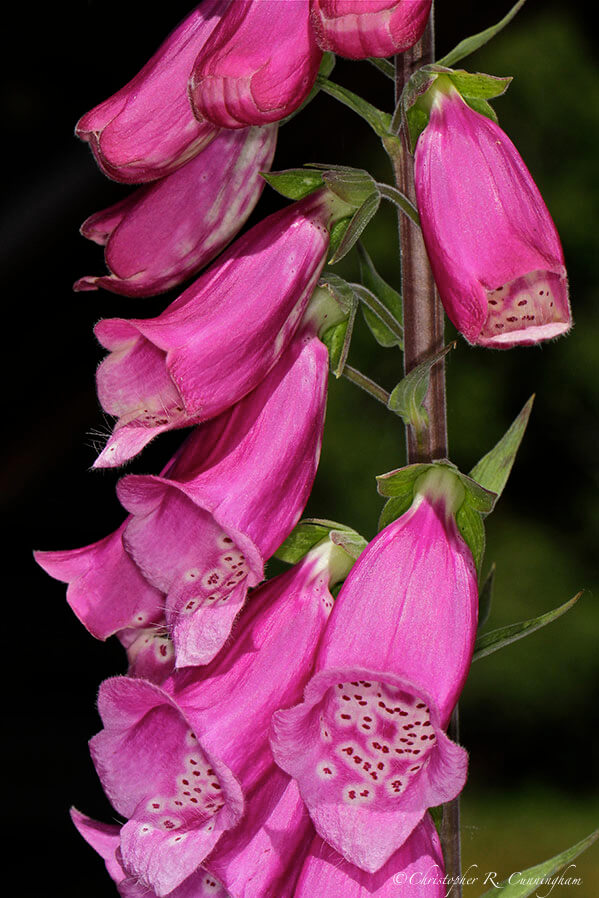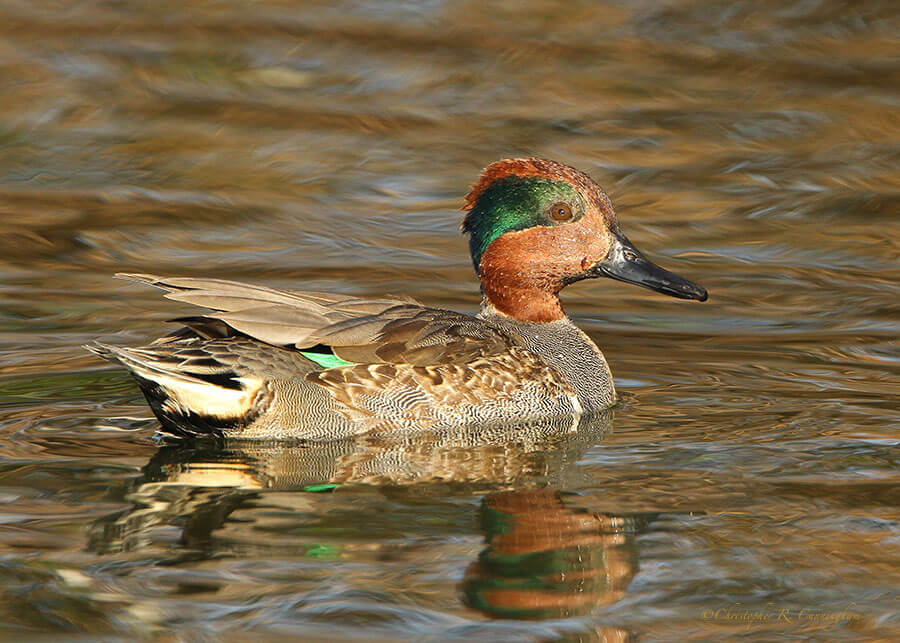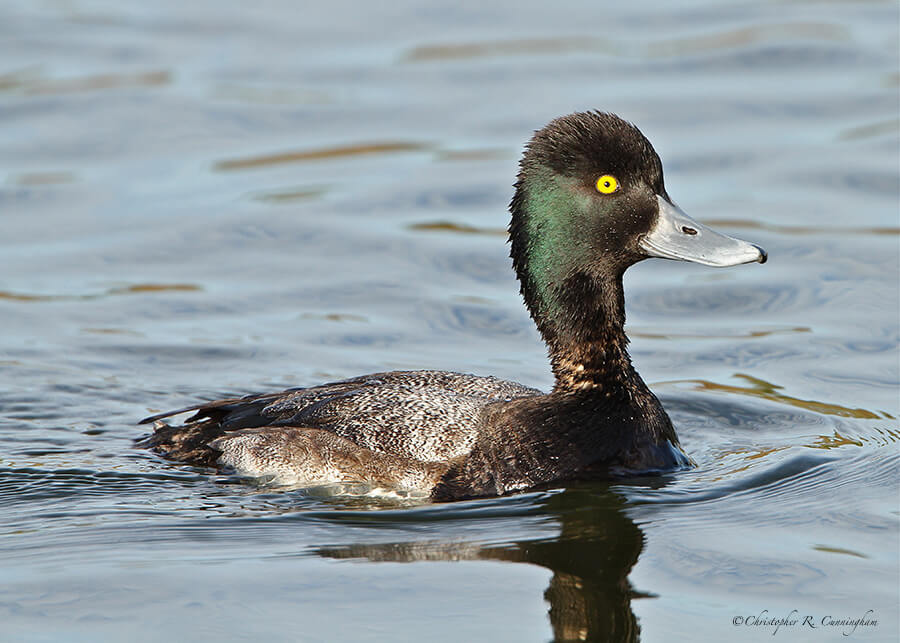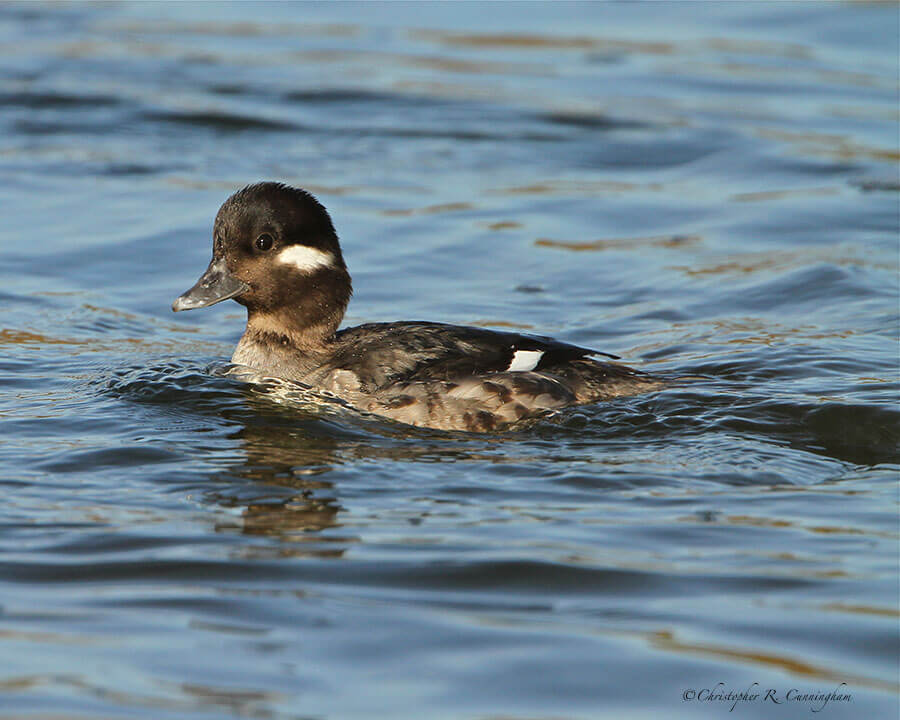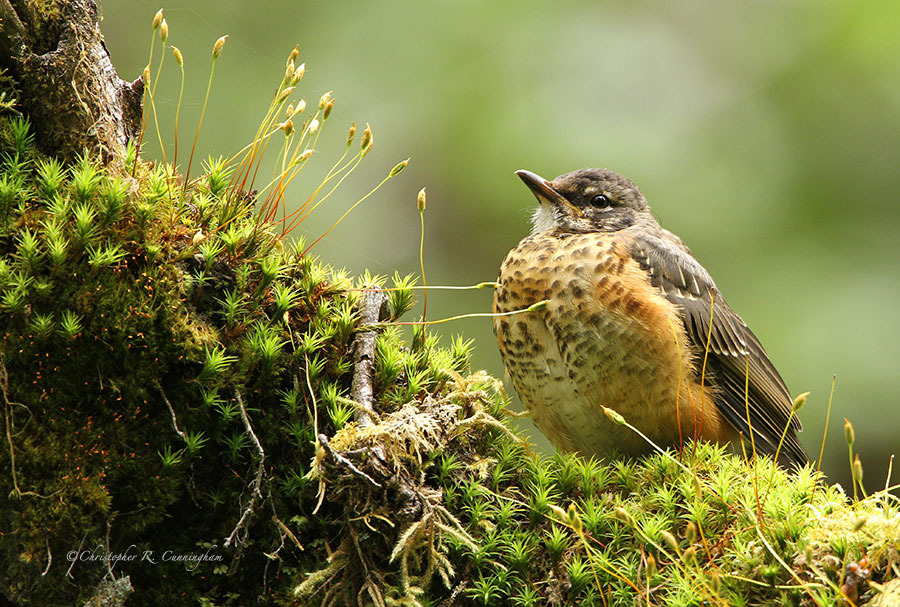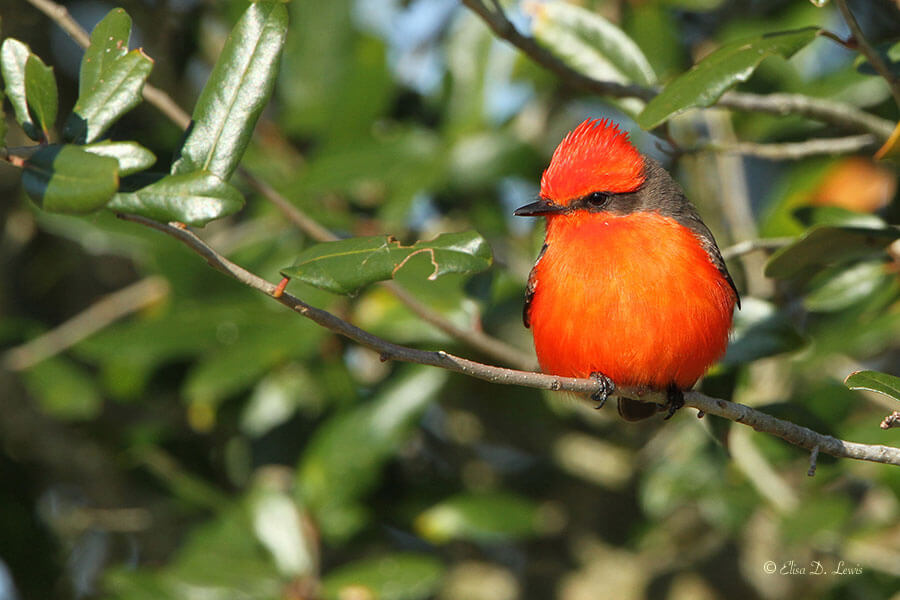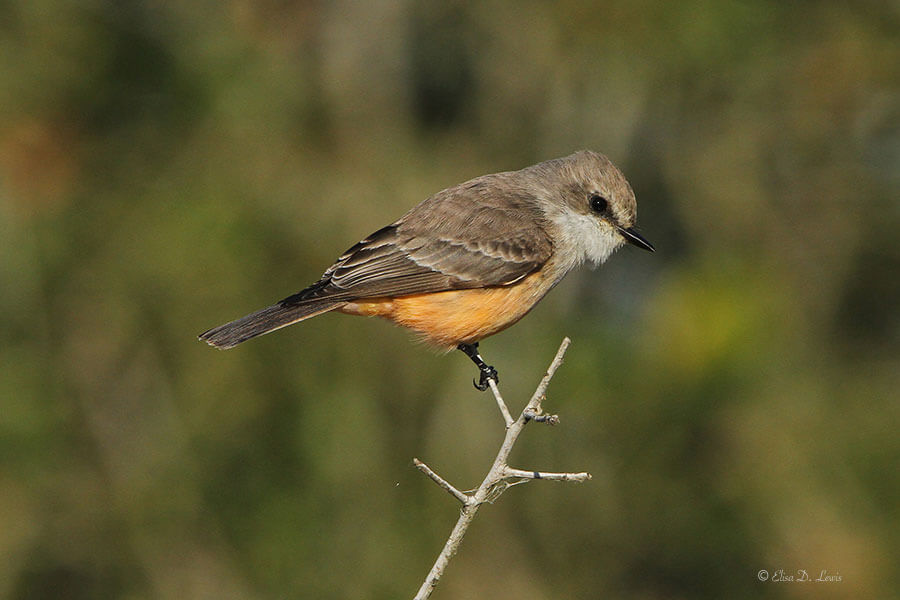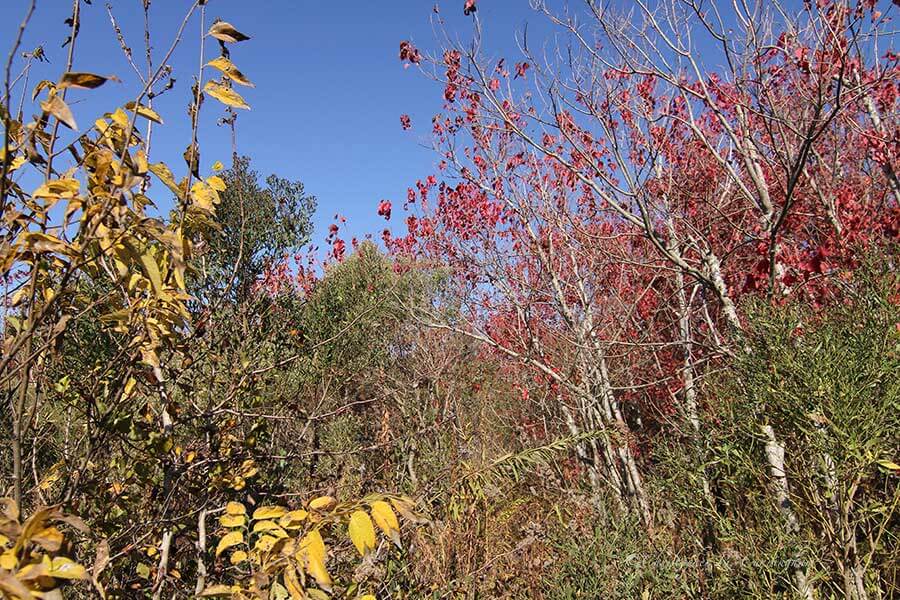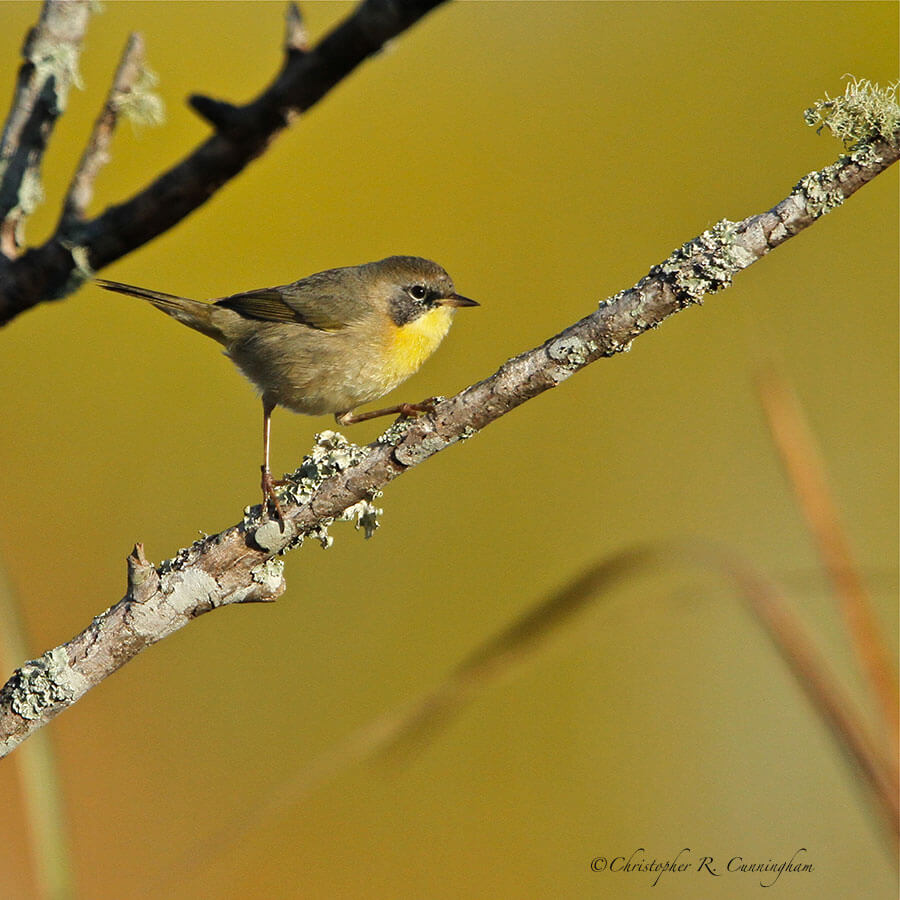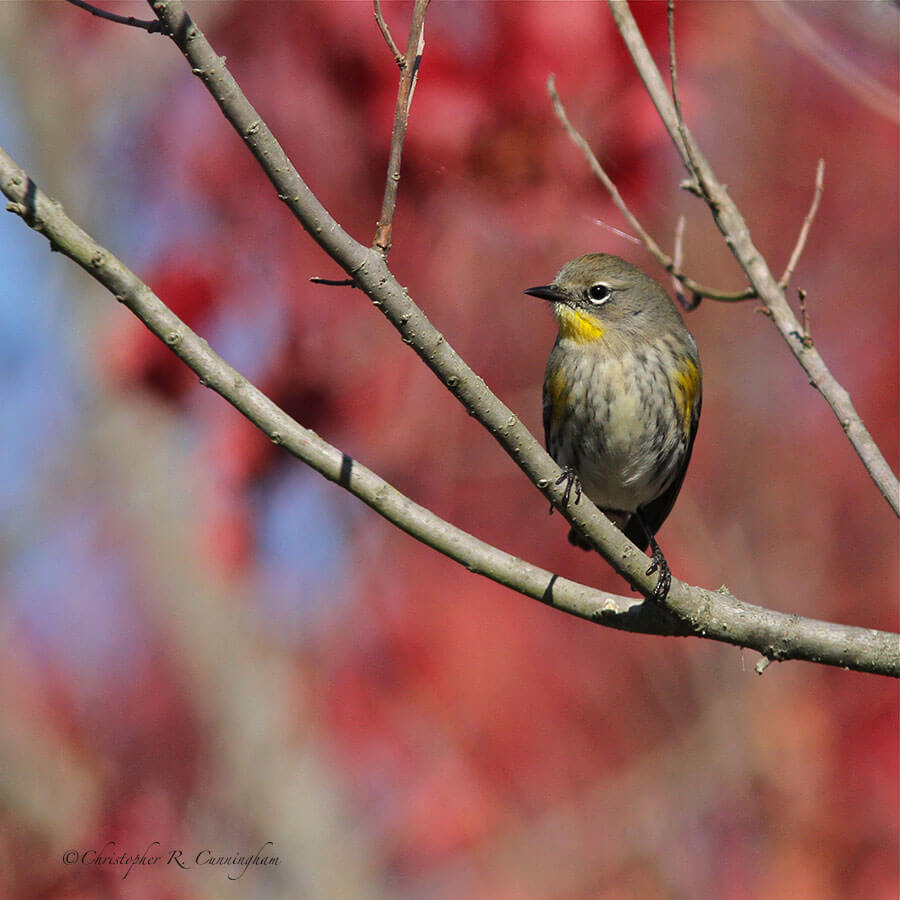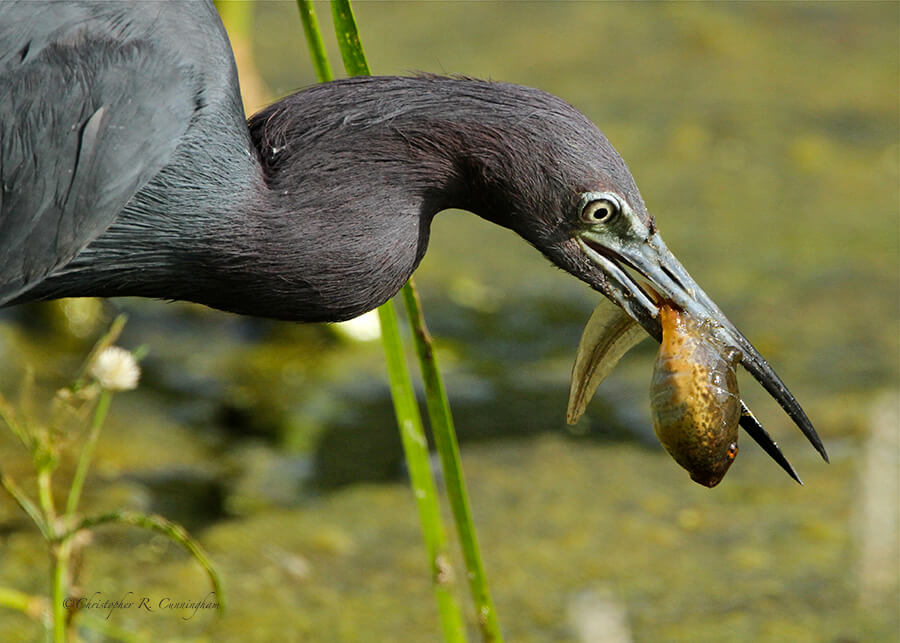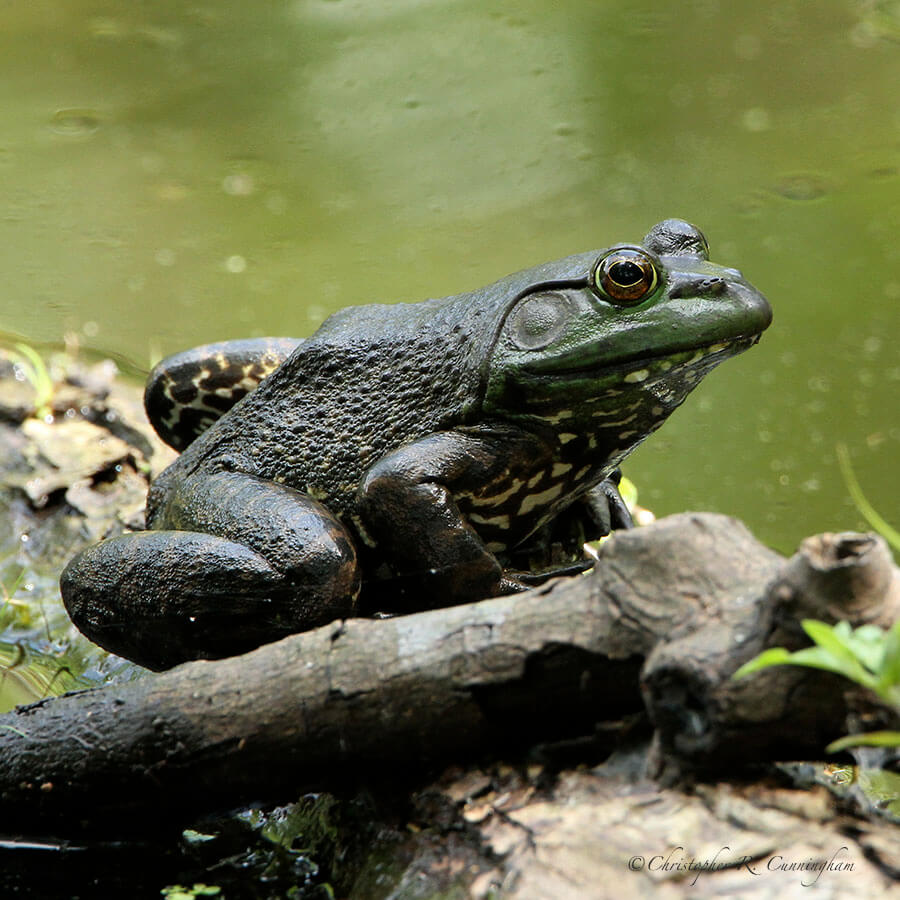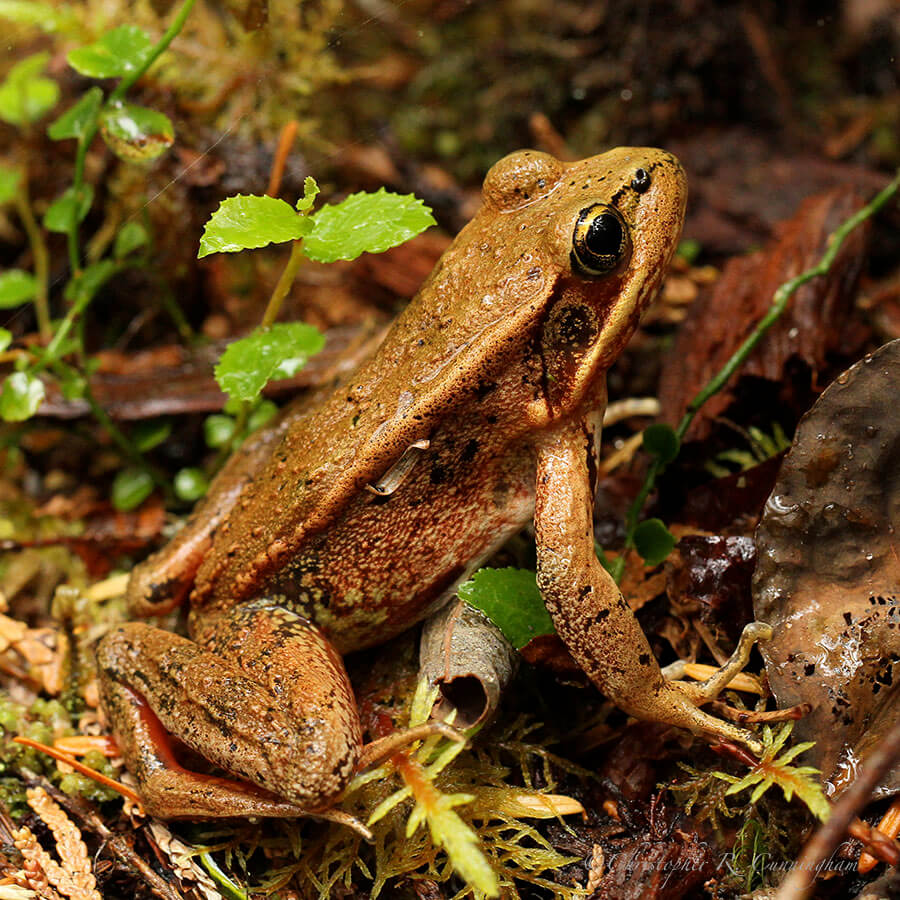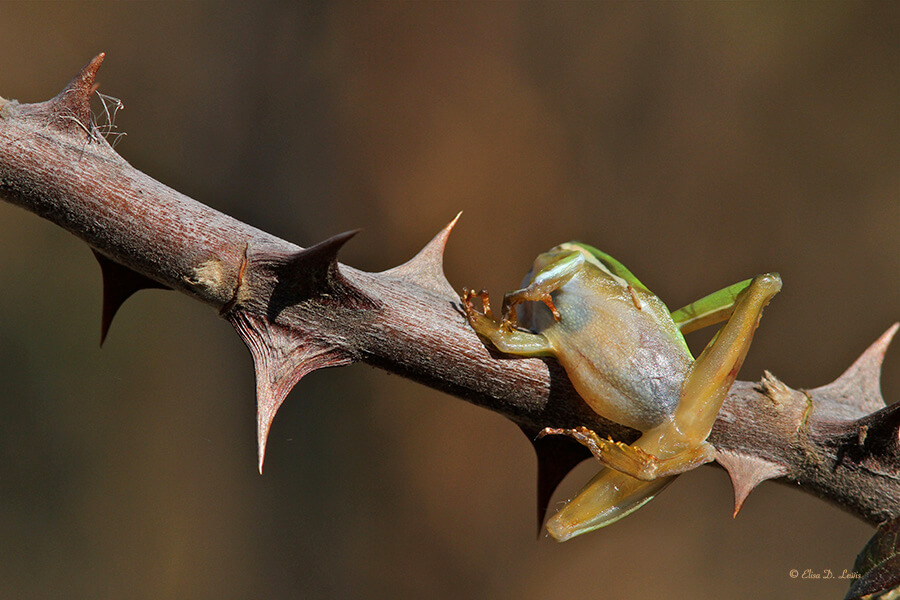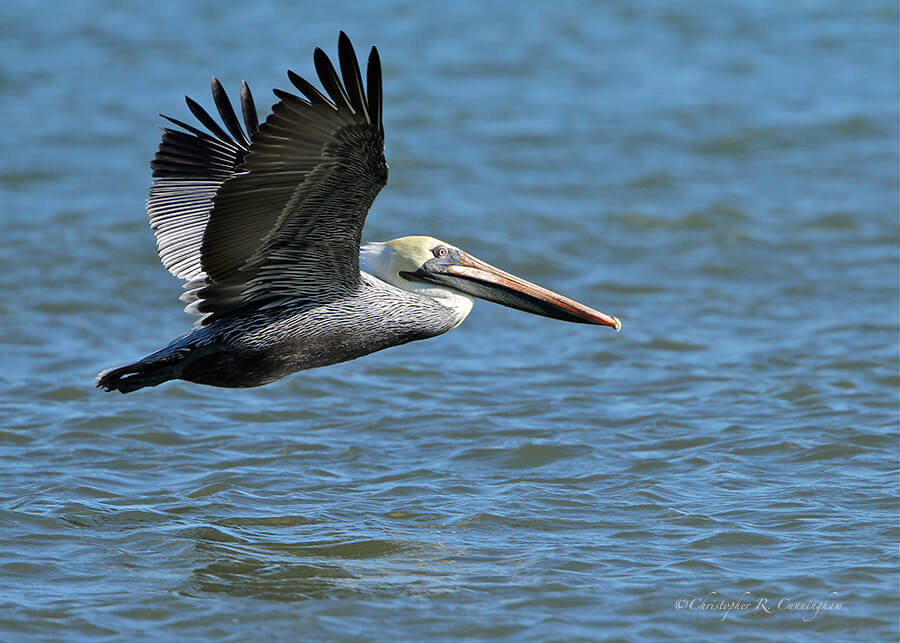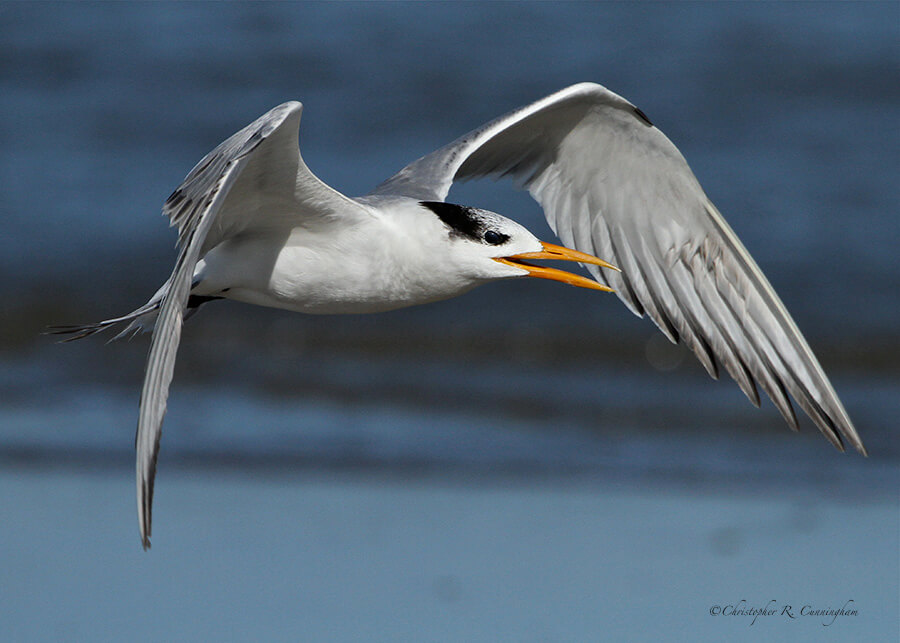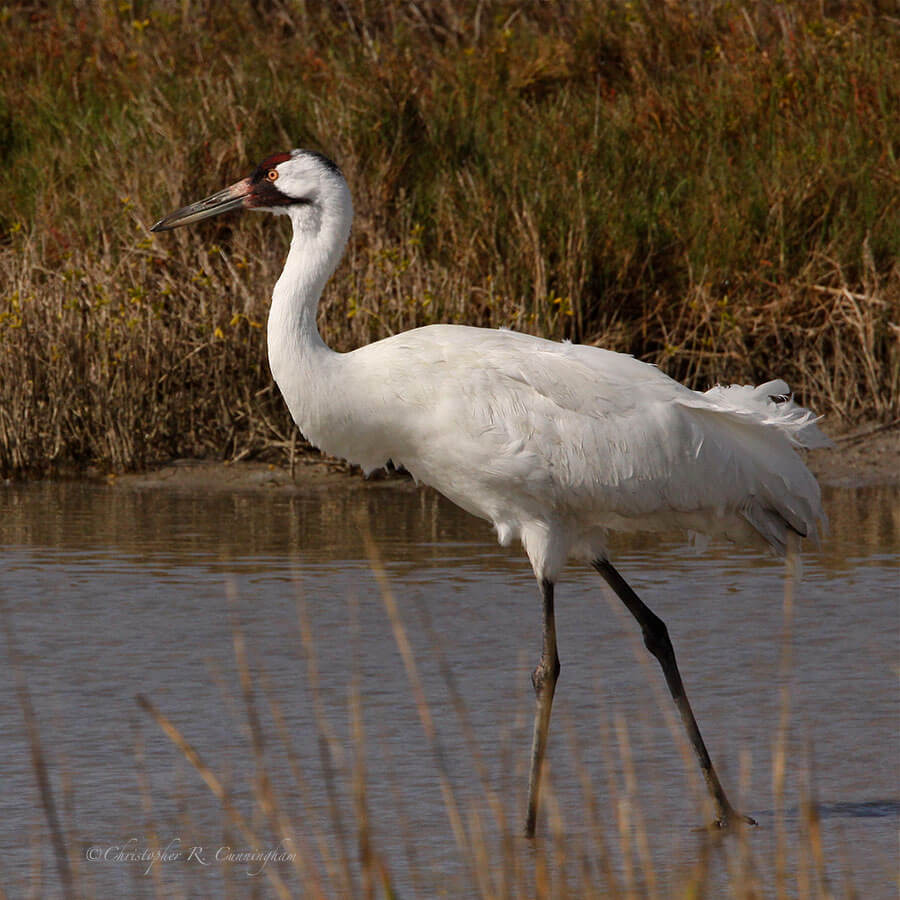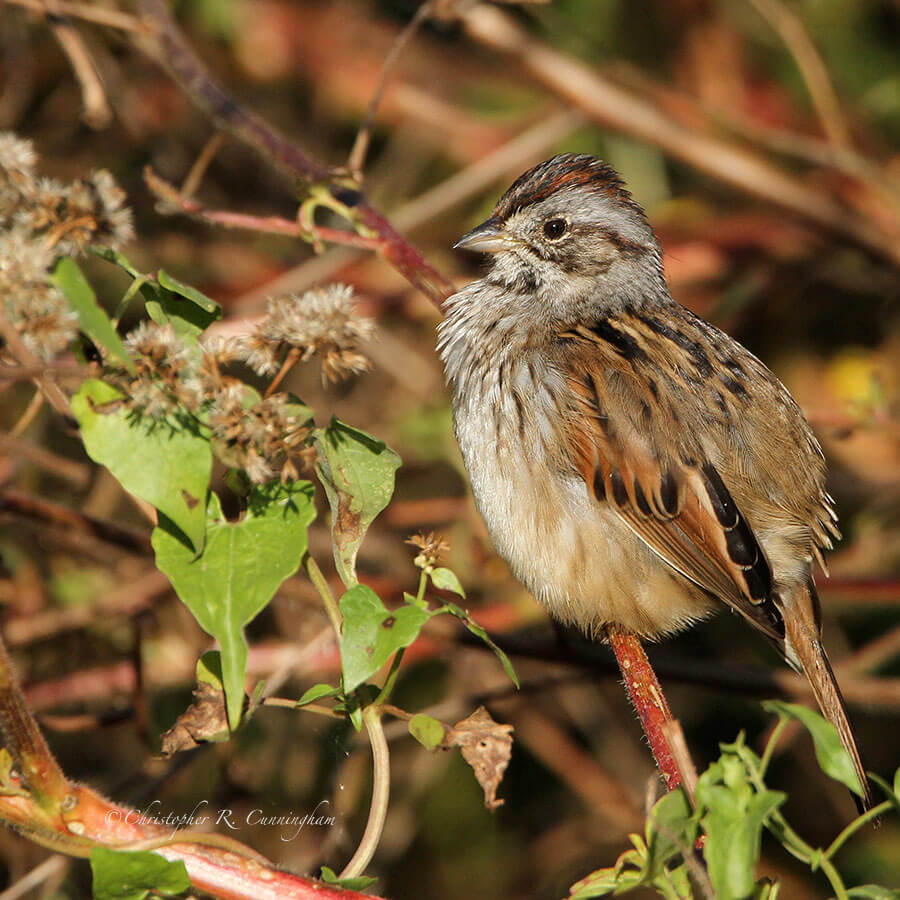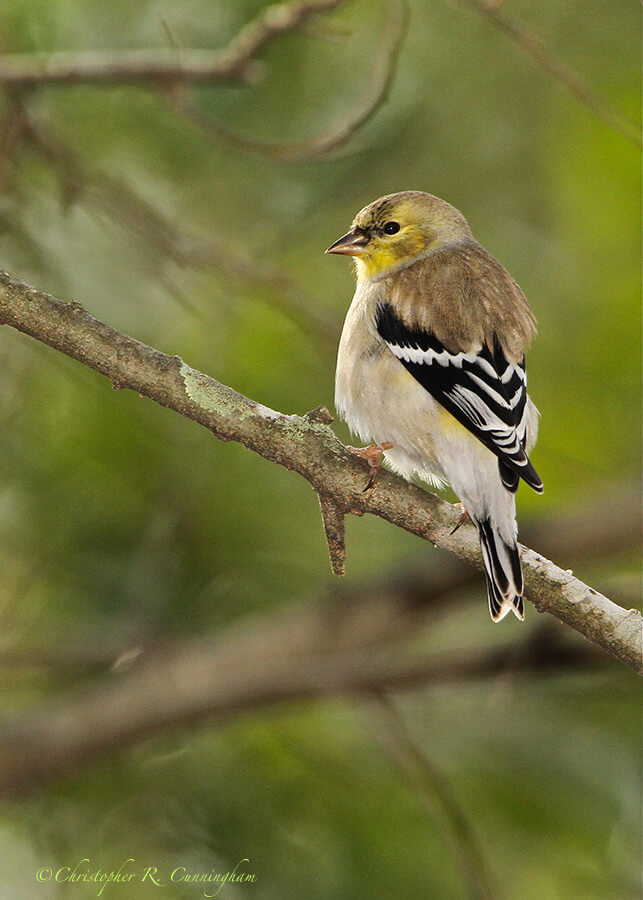
It took me quite a while to try flash nature photography, and I am still a bit uneasy about my decision to do so. The decision: to use flash on a very limited basis, only when no other technical solution is possible, and when I am sure that the animals are not too upset by it. Some bird photographers consider flash absolutely necessary, and others vehemently reject it. I come down somewhere in the middle, but tending toward rejection in many cases.
To be clear, I know of no evidence that flash photography harms birds–if I did, I wouldn’t use flash. Period. We have all had our pictures taken with flash, and I know that I have not been injured by it. The question of whether or not birds (and other wildlife) are upset (i.e., stressed) by flash is a different matter, and I know that some species are clearly annoyed by it. Of course, many species of animals are stressed simply by humans being in the wild. In many cases, birds react no more strongly to the flash than they do when I move an arm or click the shutter. This is probably because I use the high-speed synchronized flash setting with a fast shutter speed (1/800-1/1250). This “fill flash” approach means that the flash output is much lower than it would be if the flash were used as the primary light source. In general, it seems that birds notice the flash less when there is a significant amount of ambient light–which makes sense.
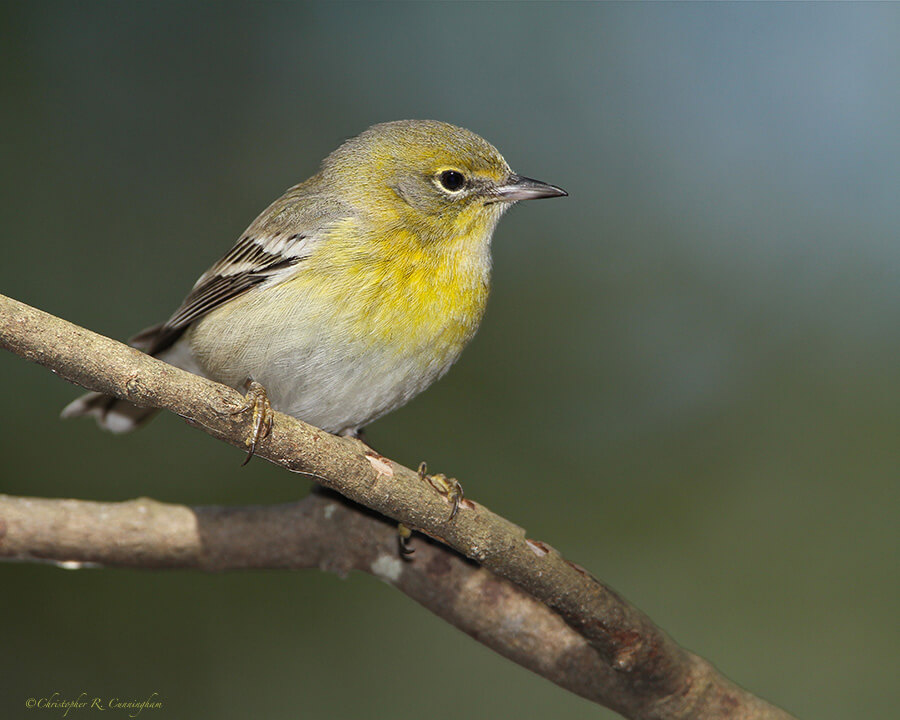
I began using a ring flash for botanicals and macro. I shot a variety of herps with the flash on the high-speed synchronized setting and saw no reaction whatsoever . . . until I tried shooting an Ornate Box Turtle (Terrepene ornata). This fellow startled every time the flash went off: no more flash photos of ornate box turtles. Indeed, no more flash photography of any terrestrial chelonians (turtles and tortoises). Aquatic turtles apparently ignore flash.
When flash can be used ethically, it provides an incredible expansion of possibilities for bird photography. For example, It allows photography throughout the day, especially in dark or contrasty heavily-wooded areas–where many of the most exciting and challenging species are to be found. I no longer feel confined to the optimal shooting times in the early morning and late afternoon (the “golden hours”). On the down side, it is very easy to blow out whites or to make the bird appear as though it was suspended in a cave, surrounded by a severely underexposed background. Despite numerous technical challenges, I look forward to exploring the possibilities in the world of avian flash photography.
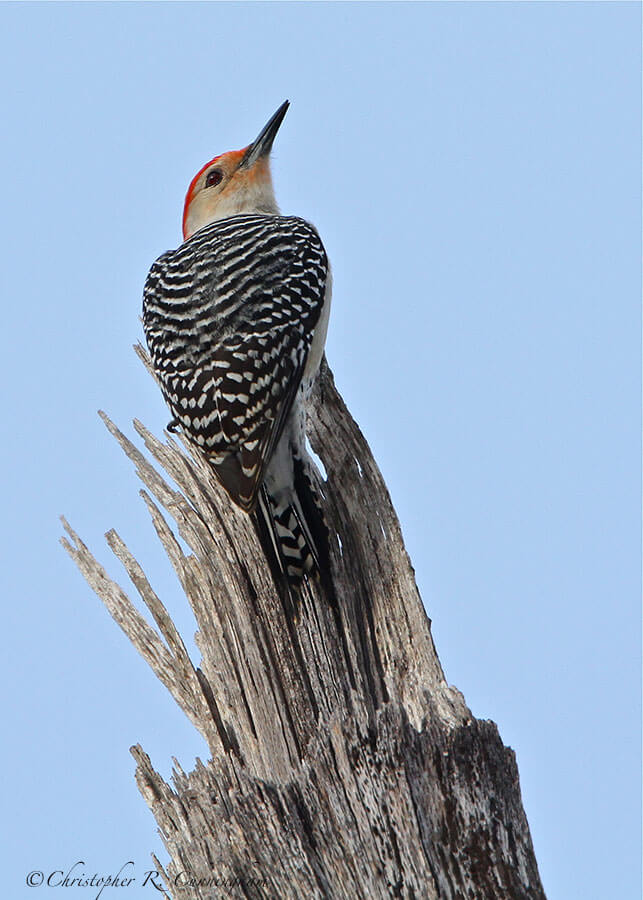
© 2013 Christopher R. Cunningham. All rights reserved. No text or images may be duplicated or distributed without permission.
